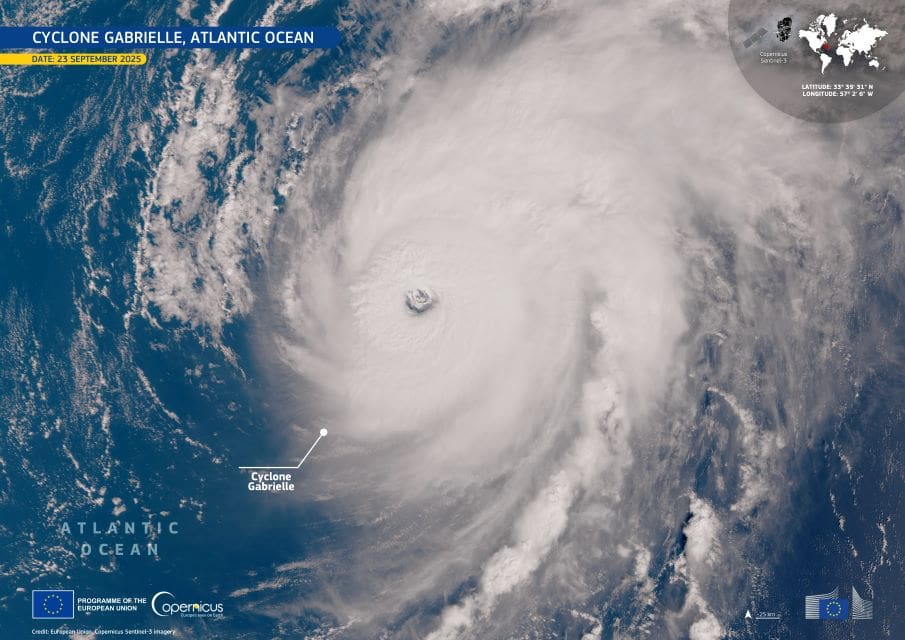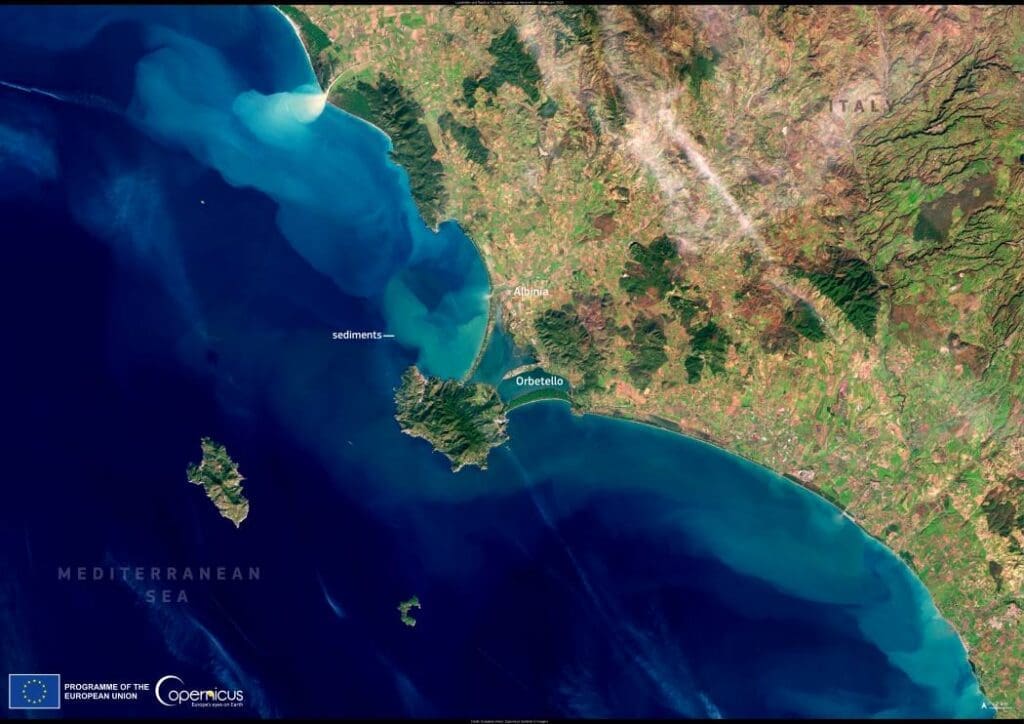In the arid heart of Egypt’s Western Desert, vast green circles signal the transformation of sand into farmland. This satellite image from the Copernicus Sentinel-2 mission captures the progress of desert agriculture in the Toshka region – part of a national effort to increase food production by reclaiming desert terrain.
Located between Lake Nasser and the Toshka Lakes, the area is central to the New Valley Project, launched in the late 1990s to ease population pressure along the Nile and expand Egypt’s cultivable land. By diverting water from Lake Nasser, the initiative aimed to irrigate large swathes of desert, creating conditions for farming in one of the world’s driest climates.

This composite multitemporal NDVI image combines Sentinel-2 observations from 1 February, 28 March, and 21 April 2025. The variation in colours highlights different stages of crop growth across centre-pivot irrigation systems – a distinctive circular pattern created by rotating sprinklers. The image reflects both seasonal crop cycles and the evolving use of reclaimed fields.
Copernicus satellite data supports the region’s agricultural management by providing vital information on vegetation health and water use. These insights help improve irrigation efficiency and monitor crop development in areas where sustainable farming is a challenge.
Featured image credit: European Union, Copernicus Sentinel-2 imagery



